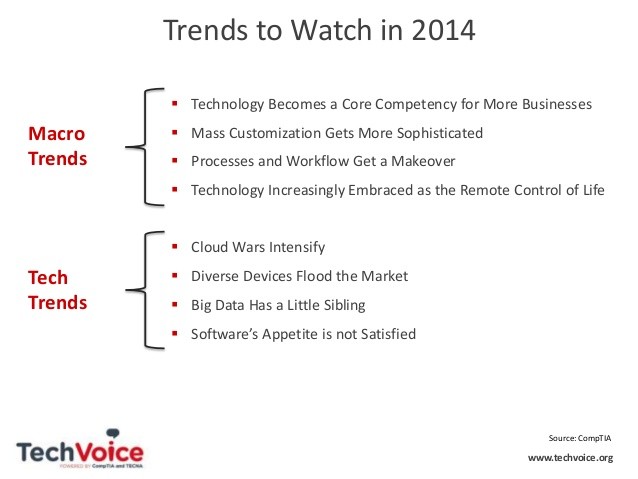2014 Overview and Outlook
Post on: 3 Август, 2015 No Comment

Definition & Size of US Retail Industry — Types of Retailers & Largest Chains
Chris Hondros/Getty Images News/Getty Images
This is an overview of the U.S. retail industry and all relevant information, facts, research, data and trivia related to the U.S. retail industry. Scroll down to find the definition of the U.S. retail industry, the size of the U.S. retail industry, and the types of retailing and retailers that comprise the U.S. retail industry. Also find links to the most current info, facts, research, data and trivia about the largest U.S. retail chains in this article.
Busiest Season for the U.S. Retail Industry:
Approximately 30% of the annual sales of the largest U.S. retail chains and almost 20% of the U.S. retail industry’s annual sales come from the Christmas holiday shopping season. The strategic decisions and marketing tactics used on key shopping days like Black Friday, Cyber Monday, and Super Saturday can make or break a retailer’s revenue results for an entire calendar year.
What is the Retail Industry?:
The retail industry is a sector of the economy that is comprised of individuals and companies engaged in the selling of finished products to end user consumers. Multi-store retail chains in the U.S. are both publicly traded on the stock exchange and privately owned.
An estimated two-thirds of the U.S. gross domestic product (GDP) comes from retail consumption. Therefore, store closings and openings are an indicator of how well the U.S. economy is recovering after the Great Recession in the late 2000’s.
- 2014 U.S. Retail Store Closings — Complete Roundup
- All U.S. Store Openings Planned for 2014 — Complete List
Size of the US Retail Industry:
According to the latest annual report released by the U.S. Commerce Department in 2013, total retail sales in 2011 were $4.7 trillion, which represents an 8% increase over 2010 total retail sales (including food service and automotive). The 2011 increase was the largest year-over-year increase since 1999, indicating that economic recovery is well underway and that the future of the U.S. economy is expansion, not recession.
The Largest U.S. Retail Industry Companies:
Measured solely by revenue numbers, the U.S. is the undisputed leader of the retail industry. Wal-Mart is not only the largest global retailer, it is also one of the largest companies of any kind in the world. According to the 2014 Global Powers of Retailing report, 81 of the largest companies of any type in the world are U.S. based companies. Some of these world’s largest U.S. based retail chains operate domestically, and many of them have large international retail presence as well.
More About the Largest in U.S. Retailing:
The World’s Largest Retailers — Global Retailing:
Of the world’s 10 largest retail companies in the world, five of them are from the US and five are from Europe, according to the 2014 Global Powers of Retailing rankings. As the world moves towards a global economy, the U.S. retail chains large and small continue to expand their global reach by opening stores in countries throughout the world.
Global Presence of the Largest U.S. Retail Chains:
U.S. Retail Industry Global Expansion in the News:
Retail Employment, Jobs and Careers:
According to the U.S. Bureau of Labor Statistics, 14.4 million people were employed in the U.S. Retail Industry as of April, 2010. Although retail employment was increasing every month at the beginning of 2010, retail employment numbers were still the lowest they’ve been for the past decade. Because of the decline in retail jobs and the increase in overall unemployment, the retail job market in 2010 is extremely competitive at all levels.
Types of Businesses in the Retail Industry:

Generally, any business that sells finished merchandise to an end user is considered to be part of the retail industry. Sales figures and economic data is sometimes reported separately for restaurants and automotive-related businesses, but by definition they are considered to be members of the retail industry as well.
Two Types of Retailers in the Industry:
Store Retailers – Those engaged in the sale of products from physical locations which warehouse and display merchandise with the intent of attracting customers to make purchases on site.
Non-Store Retailers – Those engaged in the sale of products using marketing methods which do not include a physical location. Examples of non-store retailing include:
- Infomercials
- Direct Response television advertising
- Catalogue Sales
- In-Home Demonstrations
- Vending Machines
- E-commerce
- Multi-Level Marketing
Retail Industry Trends:
Retail technology — particularly the integration of internet shopping with mobile phone devices — will be the hottest trend in the U.S. retail industry in 2011. >> Retail Technology Predictions >>
Frugality and conscious consuming are expected to continue in U.S. retailing in 2011 due to continuing high unemployment and underemployment.
Green products and services, green facilities, and green activism are being heavily publicized by U.S. retailers, and strongly supported by U.S. consumers.
Retail Industry Outlook:
As was predicted in the Deloitte report, “2008 Industry Outlook: A Look Around the Corner,” U.S. retailing is still struggling due to the housing market crash, the financial meltdown, high gas prices, and chronic unemployment.
The report recommends that retailers focus on these strategies in order to recover from recession:
- Lean inventories and strong cash flow
- Lower payroll
- Increase share of wallet with existing customers
- Improve the customer experience and customer loyalty
- Use multichannel shopping (in-store, kiosk, online)
- Reintroduce coupons
- Create private label brands
U.S. Retail Industry Recession:
December 2007 was the official beginning of a massive global retail recession. In September, 2009, Federal Reserve Chairman Ben Bernanke declared the recession was technically over in the U.S. In the retail industry, the recession caused record-breaking declines in sales, inventories, and consumer confidence, and stock prices. Experts are estimating the after effects of the recession will last from 18 months to 11 years.
Looking for something you didn’t find here? Continue your U.S. retail industry research using these links:














